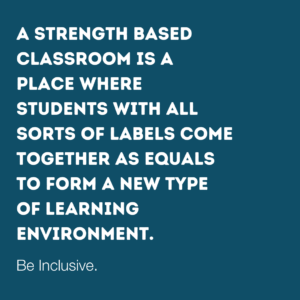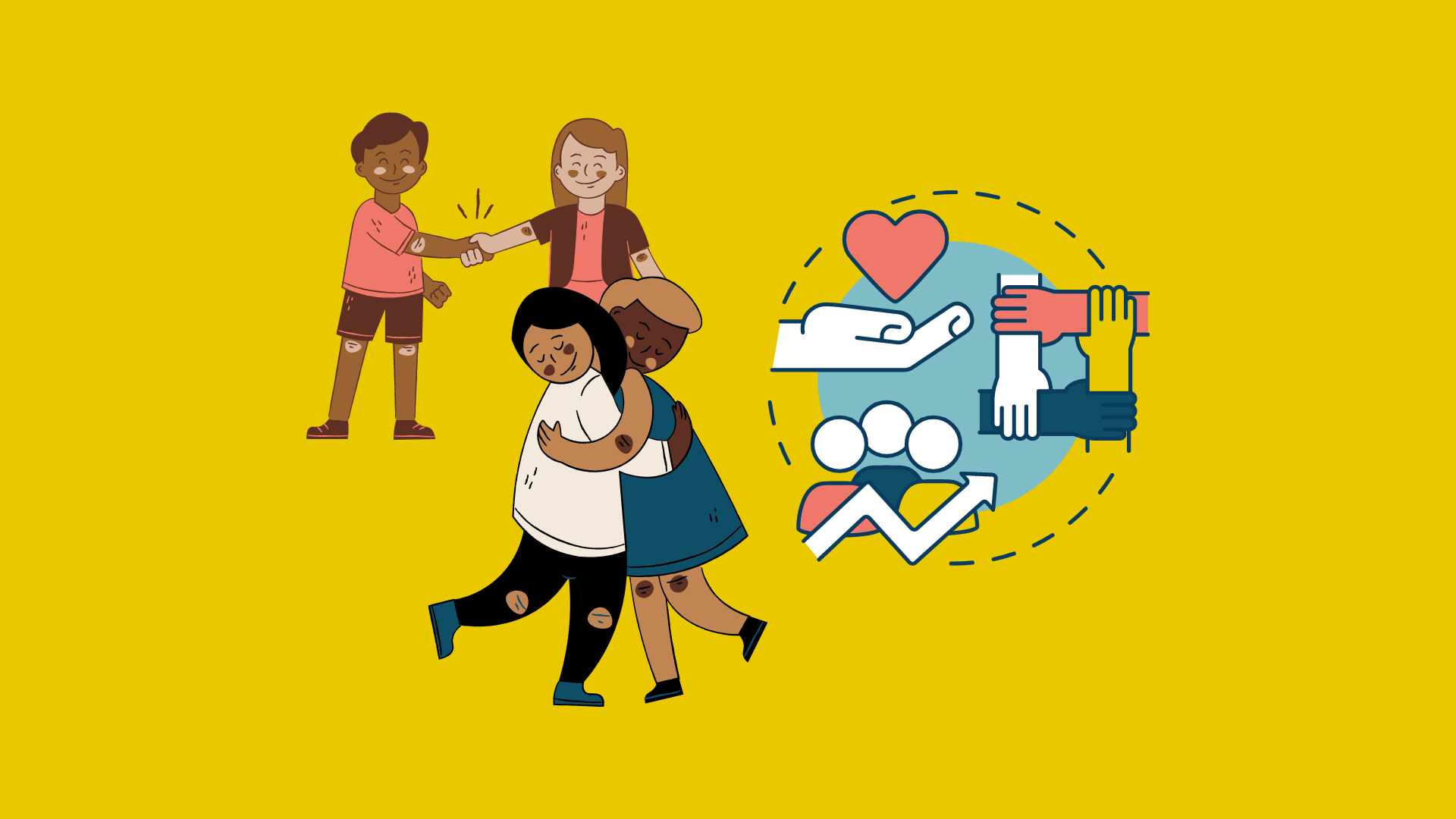Savannah, a current Possip reporter and former educator, discusses finding ways to create an inclusive classroom community in your schools.
From holiday celebrations to daily interactions, you want an inclusive school and classroom community. We share some tips.
You want your students to feel seen and cared for. One way to do that is to prepare in advance how to make all students feel included. As an educator, the day-to-day can be easily consuming. We need to give ourselves space to step back and think about who our students are and what they value.
Here are a few ways you can create a more inclusive environment for your students and community:
Inclusive Classroom Community Culture
Inclusive classrooms create inclusive schools. Kids should believe and feel they matter. Celebrating students, culture, and diversity isn’t about muting differences. It is making each person feel comfortable celebrating their own culture and traditions

1. Learn the identities that matter to students and who they are. With this knowledge, you’ll be able to plan in advance – from holidays to regular days- what their relationships and experiences are. Many teachers use getting to know you surveys at the beginning of the year. It’s never too late to learn about your students.
2. Use your subject as a connection for students. You can plan subject-related questions that will help your students share more about themselves with you. Consequently, with trust, they often will bring their own personalities in the classroom – whether you ask them to or not!
3. Give opportunities for students to share without making assumptions. This is especially important during holidays and events. We often unintentionally exclude students before we even invite them in. Partially this is because we assume their experiences are like ours. Alternately, we assume that every student has the same experience as the majority. These assumptions affect everything from holidays to assumptions about phones (e.g. assuming everyone celebrates Halloween or assuming every high schooler or middle schooler has a phone).
So be thoughtful about what you ask – and how. Here are some ways you can ask more inclusive questions:
- Start with the general, big-picture – and go more specific as you get more information. For example, during the winter season, consider asking students what their favorite winter break activity is. When a student says, I love spending time with my family you can ask Do you all have any traditions during this time?
- Give an opener before asking the question. For example, Typically in my classroom, we have students who celebrate different religious holidays and traditions.
- Let students talk about someone they know first so the conversation doesn’t feel as vulnerable. For example, Does anyone have a friend or family member who celebrates a different holiday than them? Or Does anyone have a friend or family member with experience not celebrating something that lots of other people do?
- When you are making an assumption, consider what you can ask instead. If you assume everyone has a phone, do a paper poll instead. If you assume everyone eats pizza, create a way to ask.
- Presuming that there is a significant event happening in the world that impacts students or their families, take a quick moment to consider how you want to engage and acknowledge it. Also, find private ways to provide space and reassurance to students, and for students to process if possible. If it is a controversial or charged topic, it is often very tricky to approach this whole class or school. Find smaller more private ways – like a note, a general check-in, or a writing exercise where students are able to share based on their diverse experiences. For example, a quick pulse check question to see how students are feeling after a specific event that is on paper can be a good way for you to identify where follow-up conversations might be useful.
Student Intake Form
Whether you are a teacher or administrator, you will want to have students fill out student intake forms with their families. In addition, you will want these forms to ask questions that allow the student to share who they are and what they value. A few sample questions include:
- What language does your family speak at home?
- Do you have any favorite family or holiday traditions throughout the year? If so, what does it look like to celebrate them?
- Do you work, or participate in any extracurricular activities?
- What is unique about your child (to a parent)?
- What is unique about your family (to a student)
Document this information in a sharable format if students have multiple teachers. So, teachers and administrators can use this information to make a student’s birthday or holiday calendar and send information home to students in their home languages. During passing periods, play a variety of music that represents your students’ cultures and infuses daily joy. Consider your students’ identities and celebrate accordingly. A few examples include: Black History Month, Spanish Heritage Month, or Asian Pacific Heritage Month.
Student Leadership and Clubs
ERG’s, or Employee Resource Groups, are groups of people within any given organization who share a common identity. While these groups are growing more and more common in the workplace, they also have a place in education, especially at the high school level. That being the case, these groups should be supported by teachers, but student-led. They are safe spaces for students to lean into their identities, interests, and share their experiences with their peers. These groups of students can decide if they want their club to be more insular – and a source of connection and support for them. Or they can decide if they want it to be outward-facing and include sharing their experiences and cultures with their classmates during assemblies or homeroom.
Offering different types of clubs is important – even if your student body appears demographically similar. Sometimes even within schools with a seemingly more homogenous student body, students can feel out of place. That is why having clubs and activities that speak to different student interests – art, chess, technology, academic decathlon, athletics, fashion, reading, community service, journalism, leadership – is so important. This gives students a way to see and be known.
Encourage students to find ways to be involved in their communities and practice leadership skills. For example, in Nashville, there is a non-profit organization called Awake that hosts a student advisory board each year. These young leaders have opportunities to share their idea of a just society and bring awareness to the current injustices in their own communities.
Classroom or School Calendar
Create a school-wide or classroom holiday/celebration calendar that students can add to! For example, this can include individual events, like birthdays, and bigger events like any holidays or experiences students like to celebrate. It could be fun to even add things like events they love to go to (concerts, sporting events). This small act shows students that their activities, experiences, and traditions matter. They matter.
You’ve Got This
Diverse schools and classrooms are a joy and a gift. To maximize the gift we have to create an environment – in our schools and classrooms – where our students can open up. Join us and create inclusive classroom communities!





